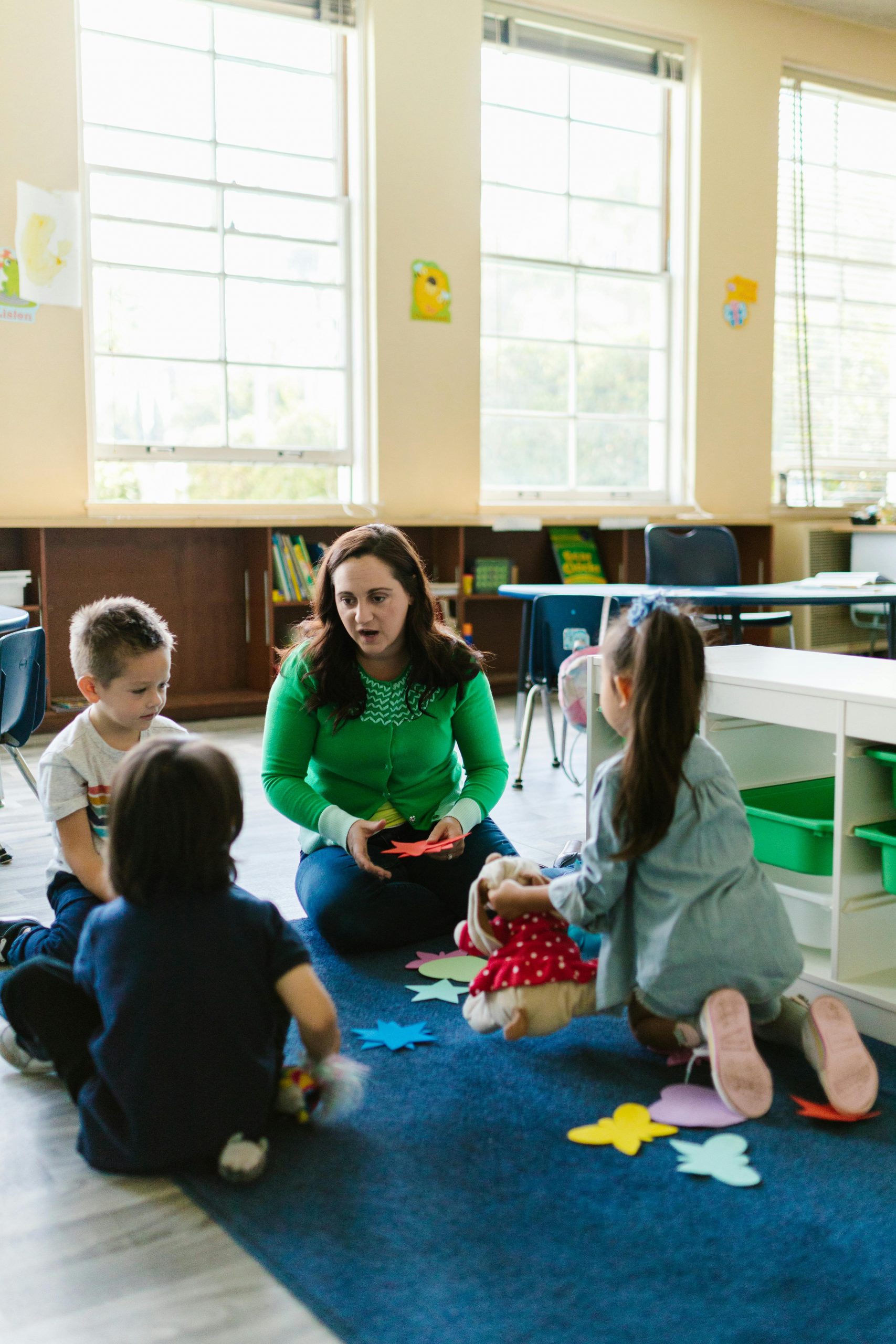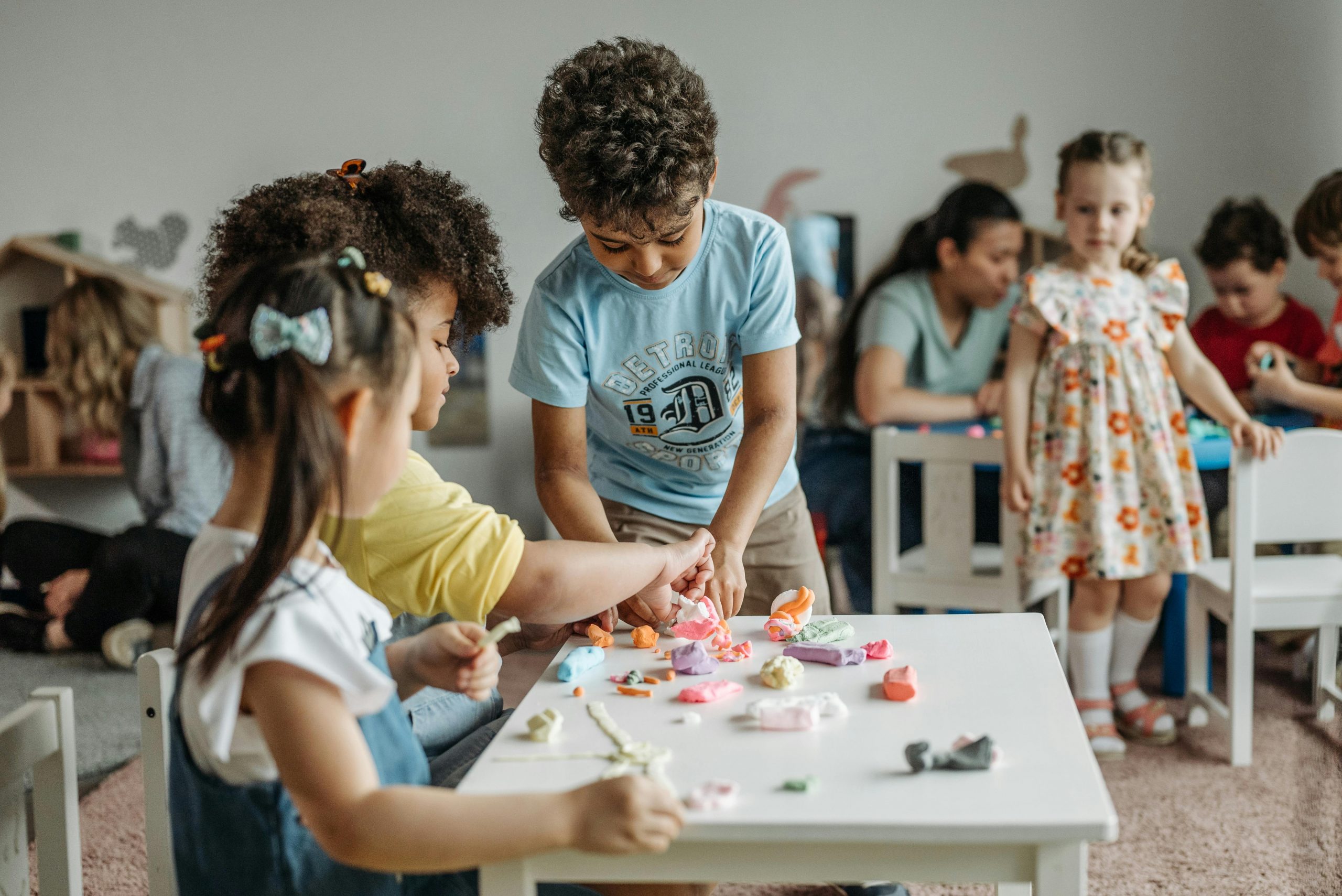If you’ve ever walked into a classroom where students don’t have strong social skills, you know it can feel a little like stepping into a reality show—lots of drama, constant negotiations, and one or two kids trying to be the star of the episode. The truth is, teaching skills in the classroom isn’t just about math, reading, or science. It’s also about helping students develop social skills that prepare them for life far beyond our classroom walls.
This planning guide will walk you through why social skills matter, what they look like, and how to plan for teaching them in ways that are authentic, memorable, and manageable. After all, we’re real teachers working with real students in the real world—so let’s make it practical (and maybe even a little fun).
Why Teaching Social Skills in the Classroom Matters
When you invest in teaching skills in the classroom, you’re not just aiming for smoother group projects—you’re shaping the entire classroom experience. Strong social skills make the difference between:
- A successful learning environment vs. total chaos
- Students feeling valued vs. students feeling excluded
- Developing life-long habits vs. reinforcing negative attitudes
Think of it this way: if students can’t work together, they can’t really learn together. And when they do learn to listen, empathize, and cooperate? Magic happens.
What Social Skills for Kids Really Include
When we talk about social skills, we’re not just talking about remembering to say “please” and “thank you.” (Though let’s be honest, some days even that feels like a win.) Real-world social skills for kids include:
- Accepting responsibility
- Respecting others
- Cooperating with peers and adults
- Resolving conflict peacefully
- Making group decisions
These skills don’t just make classroom life easier—they prepare students to thrive in relationships, workplaces, and communities long after they leave your room.
Core Outcomes of Social Skill Development
When students practice and grow socially, they learn to:
- Empathize – Listen and relate to someone else’s experiences.
- Advocate – Stand up for themselves and others in respectful ways.
- Cooperate – Work toward group goals while considering individual needs.
- Regulate – Manage their emotions and actions in social contexts.
Notice that none of these skills are tested on state exams, but all of them are tested daily in life.
Key Things to Remember When Teaching Skills in the Classroom
Before diving into the planning part of this guide, here are a few principles that will save your sanity:
- Make it real – Use authentic situations students will actually face.
- Show what success looks like – Help students visualize what it means to do the skill well.
- Give them language – Sentence starters work wonders.
- Keep the focus clear – Don’t overload them with academics while they’re still learning the skill.
- Support, model, and feedback – Social skills aren’t “set it and forget it.” They need coaching.
- Reflect and set goals – Students need to track their own growth.
Now let’s break down how to plan for all of this.
Step 1: Planning Real-World Experiences
Here’s the truth: social skills are learned best in action, not through lectures. If you want students to practice group decision-making, give them a task that requires lots of choices—like brainstorming a class story. They’ll need to decide:
- Characters
- Setting
- Plot
- Conflict
- Resolution
And here’s the key—there’s no “correct” answer. The goal isn’t to get the story “right,” it’s to practice listening, compromising, and respecting different opinions. Creative projects are gold because they allow endless possibilities without the stress of a “wrong” product.
Step 2: Helping Students Visualize Success
One of my favorite strategies is to throw students into a task that requires the skill before I’ve explicitly taught it. Then I observe. (Sometimes it’s chaos. Sometimes it’s comedy. Sometimes it’s both.)
Why do this? Because:
- It lets you assess what skills students already have.
- It creates a shared experience you can all reflect on.
- It provides raw material to build a “success checklist.”
Important tip: Don’t let it go on so long that students melt down. When emotions are too high, reflection doesn’t happen—it just turns into tears or tattling. Stop before that point, then process:
- What worked well?
- Why did it work?
- What didn’t work?
- Why not?
From there, you co-create criteria for success. Then students try the task again, this time applying what they’ve learned. That immediate “redo” is crucial. It keeps the failure fresh but also encourages and empowers them to improve.
Step 3: Giving Students the Language
Telling kids to “be respectful” doesn’t cut it. They need words. Sentence starters are your best friend here.
For empathy, you might model:
- “I can hear that you feel…”
- “Do you need help with…?”
- “I’m here to listen.”
- “Would you like me to…”
Post these around the room, include them on handouts, or even let students make mini reference cards. The more accessible the language, the faster it becomes natural. Having the language is critical for developing social skills in the classroom.
Step 4: Making the Social Skill the Focus
When teaching skills in the classroom, especially early on, the academic content should take a back seat. Focus on the skill itself. For example, if you’re practicing cooperation, don’t pile on complex math at the same time. Once students are more confident, you can integrate skills into academic learning.
Think of it like teaching someone to drive. First, they just need to steer and brake without panicking. Only later do you add in highway merging.
Step 5: Supporting Students
This is where you shift from planner to coach. Students need support in multiple ways:

- Modeling – Use “fishbowl” activities where a few skilled students demonstrate the skill while others observe and critique. Take part in the “fishbowl”. Join the inner circle of students modeling the skill and reinforce the strategies you want students to use. The rest of the class sits in a circle around the “fishbowl”, making observations. At the end you ask them what they notices…What worked well?…What specific phrases did they notice.
- Participating & Conferencing – When students are practicing the skill, move among groups, give quick feedback, and note progress.
- Ongoing Feedback – Praise specific actions (“I love how you waited for your partner to finish speaking”) rather than general “good jobs.”
Remember, progress matters more than perfection. Celebrate small wins.
To make this process even easier, I’ve created a simple Social Skills Documentation Sheet that I use to keep track of student progress. Personally, I like to type notes directly into the sheet while I’m working with a group, but the freebie can also be modified if you’d rather print it out and jot notes by hand. It’s quick to use, keeps everything organized in one place, and makes it easy to see growth over time. Best of all, you can grab it for free—just click the link below to access your copy!
Social Skills Documentation Sheet
This Google Docs document is designed to give you a quick, useful way to record and track students’ progress with social skills in the classroom. At the top, you’ll capture the class social skill focus and co-written success criteria. The table below provides space for student names, dates, individual goals, teacher observations, feedback, and next steps. This is a particularly helpful reference for monitoring growth, supporting reflection, and planning future opportunities for practice.
Step 6: Reflection and Goal Setting
At the end of each session, build in time for reflection. Ask students to:
- Identify one thing they did well.
- Choose one area they want to improve.
- Set a small strategy to get there.
For example, a student who interrupts might set a goal to use the phrase, “Sorry, you go first.” Reflection is what turns isolated practice into lasting growth.
I always have student go back to their goal at the start of each new session to remind them of what they need to focus on.
Step 7: Practice, Practice, Practice Social Skills in the Classroom
Like riding a bike, social skills take repetition. Build them into everyday routines. Some students will pick them up quickly, while others may need repeated coaching. Either way, improvement—not perfection—is the goal.
You’ll know you’ve succeeded when students use the skills outside the lesson—on the playground, at lunch, or during another subject. That’s when you realize: you didn’t just teach cooperation for a group project, you taught cooperation for life.
Social Skills as a Foundation in the Classroom
Teaching skills in the classroom is about so much more than academics. With the right planning guide, you can help students develop social skills that will carry them far beyond the school year. These are the skills that make learning possible, relationships stronger, and futures brighter.
And remember—when the classroom starts to feel like chaos, it’s usually a reminder that it’s time to slow down and go back to the basics. Social skills are not an “extra”—they’re the foundation. Teach them well, and your classroom (and your students’ lives) will never be the same.

